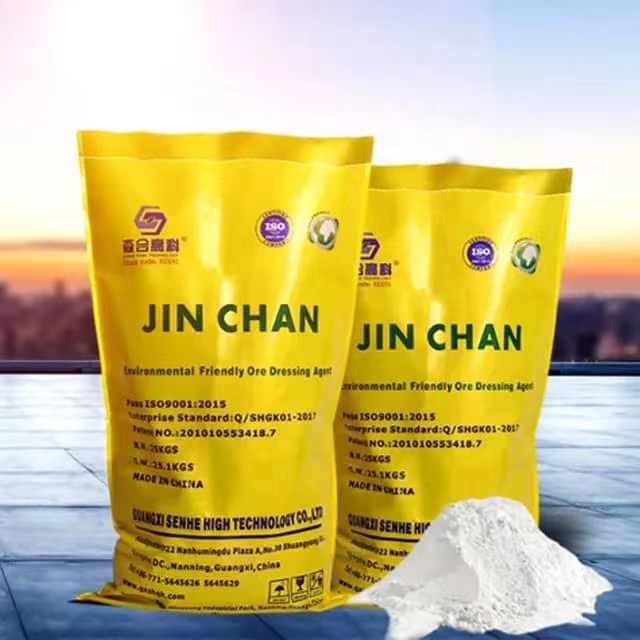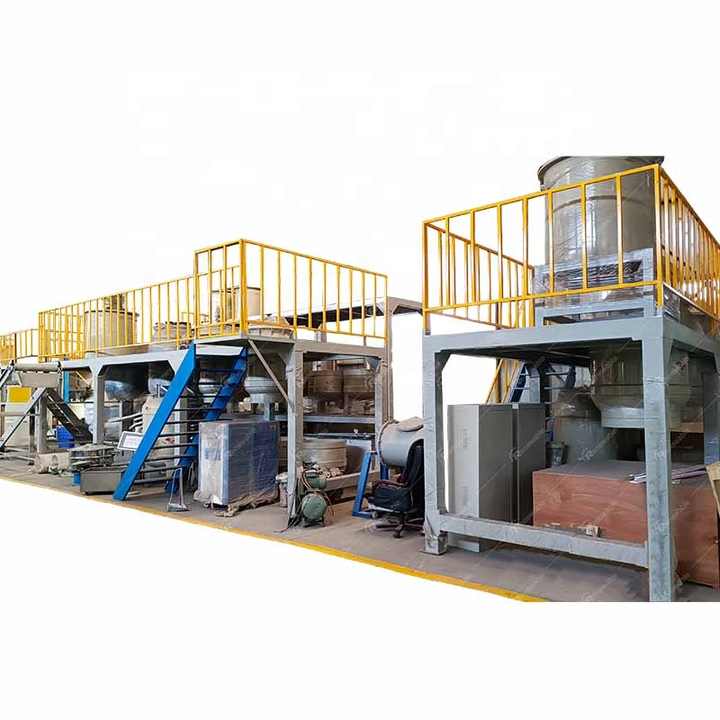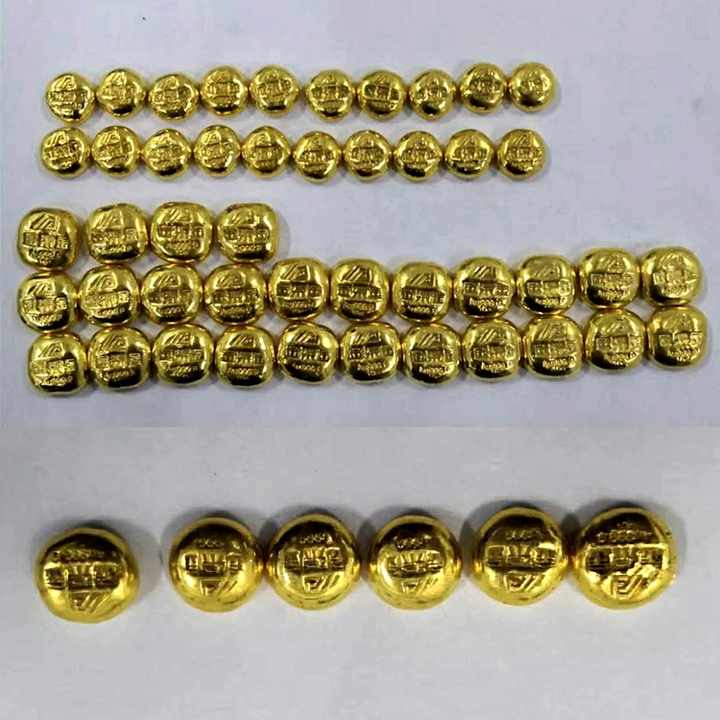refining raw gold
Refining Raw Gold: Turning Raw Ore into Pure Gold
Refining raw gold is the essential process of transforming raw, unprocessed gold into its purest form. The gold extracted from mines or panned from streams often contains impurities, such as other metals and minerals, that need to be removed before the gold can be used in various applications. Whether for investment, jewelry, or industrial use, refining is critical to achieving high-purity gold. In this article, we will explore the various methods used to refine raw gold and turn it into the precious metal known for its remarkable purity and luster.
Why Refine Raw Gold?
Raw gold is rarely pure when it is first extracted. It is often mixed with other elements, such as copper, silver, lead, and other metals. For gold to reach investment-grade quality or to be used in high-precision industries, these impurities must be removed. The refining process allows gold to achieve purities of up to 99.999%, making it suitable for a wide variety of uses, including electronics, luxury jewelry, and gold bullion.
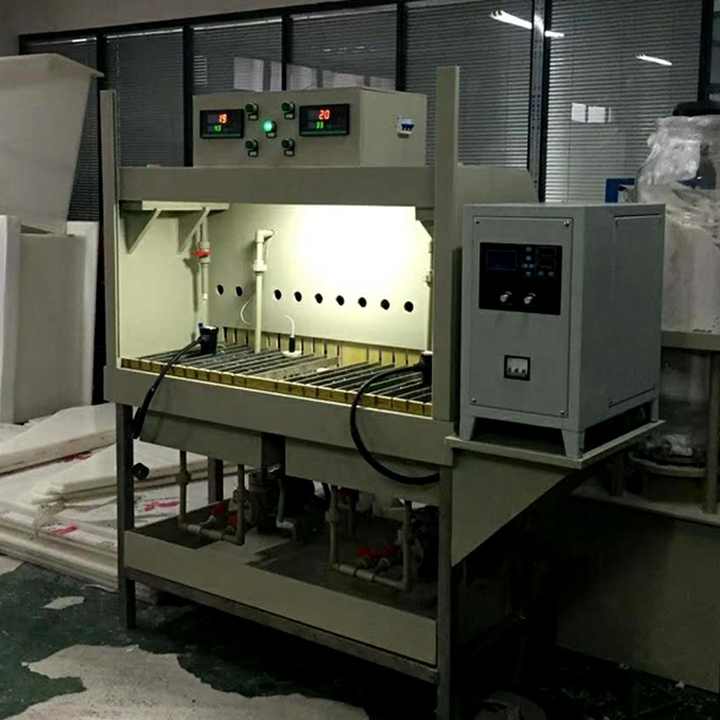

Main Methods for Refining Raw Gold
There are several methods used for refining raw gold. The choice of method often depends on the scale of refining and the desired purity level. Let’s explore some of the most commonly used techniques.
1. The Miller Process
The Miller process is one of the oldest methods for refining gold. It involves blowing chlorine gas through molten gold, which reacts with the impurities to form chlorides that can be easily removed. This method is quick and efficient, but it generally produces gold with a purity of 99.5%, which may not be sufficient for all applications. However, for many purposes, this level of purity is acceptable.
2. The Wohlwill Process
For those seeking higher purity, the Wohlwill process is often the method of choice. This electrochemical refining method uses a current to dissolve the raw gold and redeposit it onto a pure gold cathode. This process can produce gold with a purity of 99.999%. It is more complex and costly than the Miller process but is favored by industries that require very high-purity gold.
3. Aqua Regia
The aqua regia process involves dissolving raw gold in a mixture of nitric and hydrochloric acids. This powerful solution can dissolve gold and many other metals. Once the gold has dissolved, chemical reactions are used to precipitate pure gold out of the solution, while impurities remain dissolved. This method can achieve high levels of purity, making it popular among smaller refiners and hobbyists.
4. Cupellation
Cupellation is an ancient method of refining that is still in use today for small-scale gold refining. It involves heating the raw gold in a furnace with a flux, such as lead or silver, which absorbs impurities, leaving behind relatively pure gold. While this method may not achieve the highest purity levels, it is a simple and effective technique for refining gold on a small scale.
5. Smelting
In the smelting process, raw gold ore is heated at high temperatures in a furnace to separate the gold from other metals and impurities. During smelting, a flux is added to bind with impurities, forming a slag that can be removed, leaving molten gold behind. This method is commonly used for large-scale refining operations and can produce relatively pure gold.
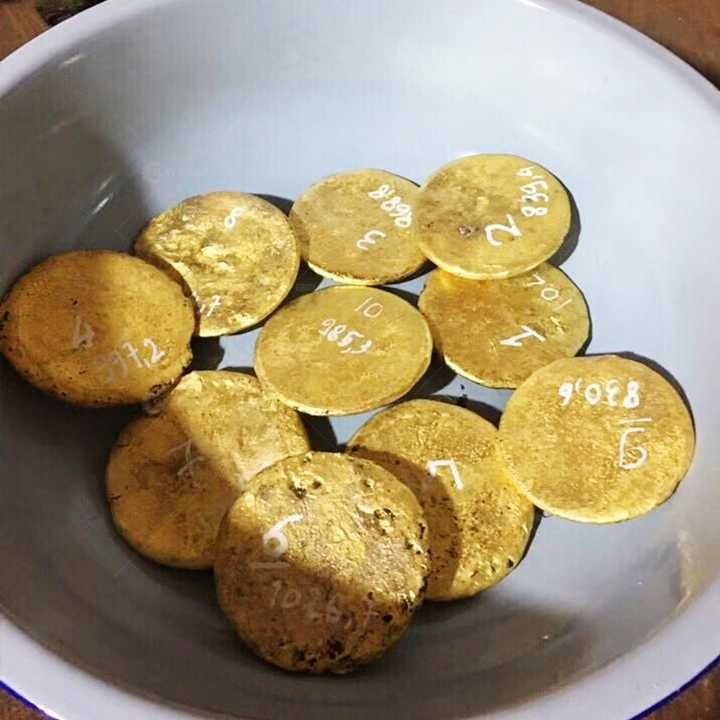
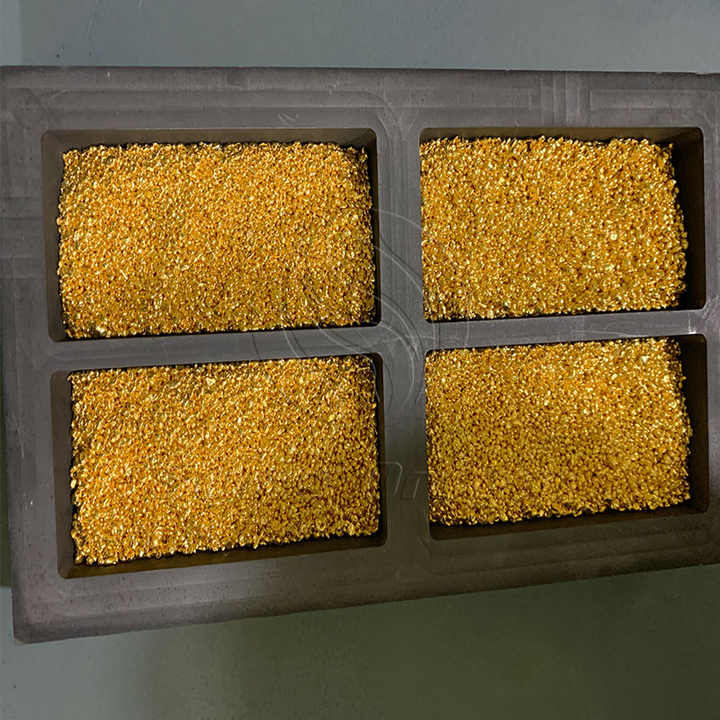
Key Steps in the Refining Process
Regardless of the method used, refining raw gold generally follows these key steps:
1. Collection and Assessment
The refining process begins with the collection of raw gold ore or scrap. This gold is then assessed for its quality and content. An assay may be performed to determine the percentage of pure gold and the types of impurities present.
2. Melting
Once the raw gold has been collected, it is melted in a furnace or crucible. This step is important because it allows the refiner to work with molten gold, which is easier to purify.
3. Purification
Depending on the refining method chosen, impurities are removed at this stage. For example, in the Miller process, chlorine gas is used to separate impurities, while in the Wohlwill process, gold ions are deposited onto a pure cathode. Each method targets the specific removal of unwanted metals and elements.
4. Separation of Impurities
Once the gold has been purified, the impurities are either skimmed off as slag (in the case of smelting) or precipitated out of the solution (in chemical methods). The remaining impurities may contain valuable metals, such as silver, platinum, or palladium, which can also be recovered during refining.
5. Final Refinement
If necessary, a second refining process may be used to achieve higher purity. The Wohlwill process, for example, is often used after the Miller process to further refine the gold and reach a purity level of 99.999%.
6. Casting
Once the gold has been refined to the desired level of purity, it is cast into bars, ingots, or other shapes for commercial use. This is often the final step in the refining process, though the gold may be further shaped or processed for specific applications, such as coins or jewelry.
Small-Scale vs. Large-Scale Refining
The scale of gold refining can vary significantly, from small operations conducted by individual refiners or hobbyists to large-scale industrial refineries. Small-scale refiners often use simple techniques like smelting or aqua regia, while large refineries typically use more advanced processes, such as the Wohlwill method, to process large quantities of raw gold and achieve higher levels of purity.
Environmental and Economic Considerations
Gold refining has both environmental and economic implications. Traditional methods like mercury amalgamation and cyanidation are highly toxic and have been largely replaced by safer methods in many parts of the world. Refining raw gold in environmentally responsible ways is increasingly important, with many refiners adopting eco-friendly techniques.
From an economic perspective, refining raw gold can be highly profitable, especially when recovering valuable metals from gold ore. However, the cost of equipment, energy, and labor must be taken into account. Advances in refining technology have made it easier and more efficient to purify raw gold, helping to reduce costs and improve profitability.
Refining raw gold is a complex but essential process that transforms impure gold into the high-quality, pure metal that is used in everything from jewelry to electronics. Whether performed on a small scale by hobbyists or on a large scale in industrial refineries, the goal is always the same: to remove impurities and achieve the highest possible level of purity. By using methods such as the Miller process, Wohlwill process, or aqua regia, refiners can turn raw gold into a valuable commodity that meets the highest standards of purity and quality.










